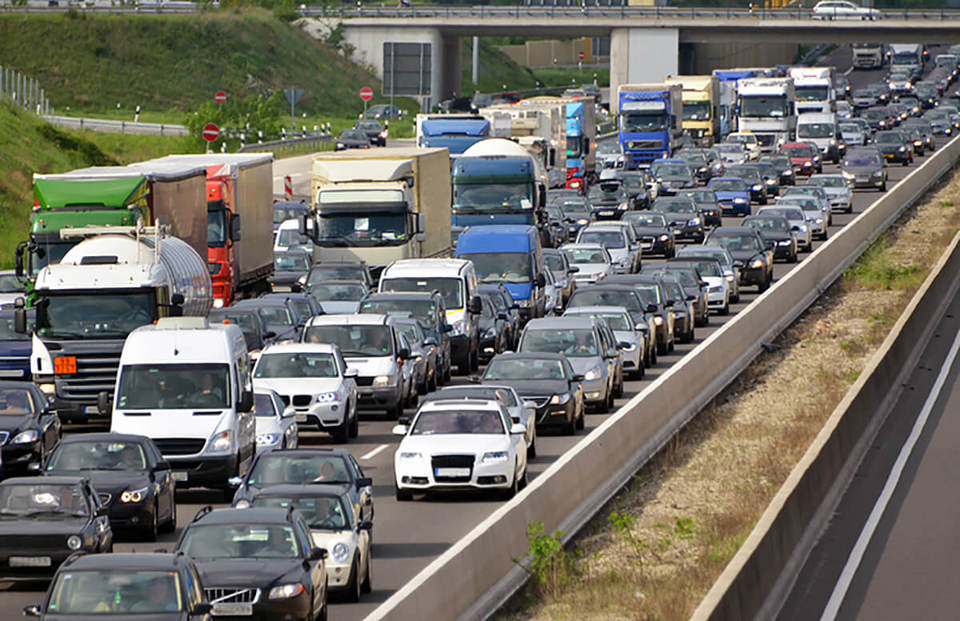A proposal to raise the speed limit on UK motorways to 80mph is being backed by Graham Hurdle, managing director of leading fleet risk management company E-Training World.
The idea is being floated by the current Road Safety Minister Mike Penning, but is likely to face stiff opposition from many safety organisations and the green lobby and well as within parliament on the grounds of the cost to implement.
But, says Hurdle, the high speed limit could have benefits to business in speeding up traffic flows on Britain’s busiest road systems: “The 70 mph limit was imposed a long time ago and there is no doubt that car performance, tyres, brakes etc have improved to an incredible extent.
“A large proportion of drivers are already travelling at 80 mph plus so raising the limit to 80 would simply be legalising what is already happening. It is an anomaly that motorways are generally the safest roads, yet the speed limit is constrained to that of a dual carriageway and it would be a popular move and would reduce journey times on some routes,” comments Hurdle.
He also points out that many European countries quite happily allow higher speeds on their motorways – the UK being one of the lowest.
“Parts of the German autobahn network are still unlimited and in quite a few countries including France it is 130 kph (about 83 mph) in the dry and 110kph (68 mph) in the wet in France. Other countries have a 120 kph (76 mph) limit, so the UK limit is out of kilter with the approach taken across many other European countries.
Hurdle believes that the safest way to implement any increase in the maximum limit would be to restrict it to the lengths of controlled motorway, where variable speed limits can be posted. In this way the limit could be adjusted to suit the prevailing conditions (night time, good weather, light traffic) whether this is to reduce them or increase them up to 80mph.
“By using these areas as a test bed would be the most logical way forward,” concluded Graham, “because the higher limit could only be allowed when safe to do so, with the flexibility to reduce it back down when speeds need bringing under control.”














Login to comment
Comments
No comments have been made yet.